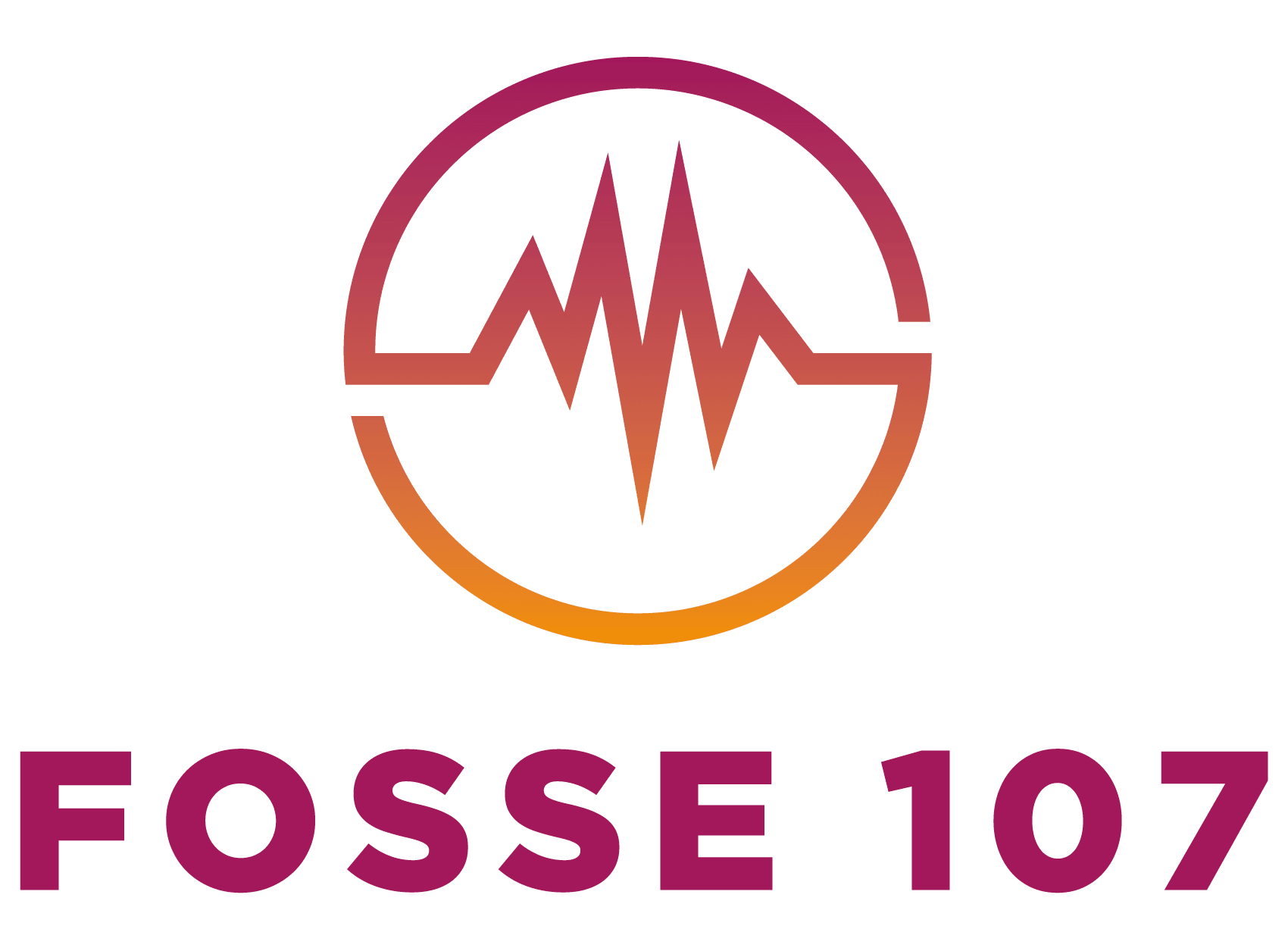Hundreds of thousands of teenagers who moved from primary to secondary school during the pandemic have received their GCSE results - with the gender gap for top grades persisting.
Nearly a quarter (24.5%) of girls achieved at least a grade 7 (A) compared with almost a fifth of boys (19.4%) - a 5.1 percentage point gap.
However, this is the closest the gap has been since 2000, when the earliest archive data is available.
It comes as 70.5% of girls were awarded at least a grade 4 (C) compared with 64.3% of boys - a 6.2 percentage point gap.
Cath Jadhav, vice president and responsible officer at GCSE providers Pearson, said the organisation viewed the gender gap in relation to top grades as stable over the past few years - with a decrease this year amounting to a fraction of a percentage point.
She said: "We don't know the reasons for why that gap is narrowing... there will be lots of individual factors which affect that."
GCSEs used to be graded with a letter-based system but it began switching to a numbers-based system in 2017 - with 9 the highest and 1 the lowest.
Total number of top grades slightly up
Overall, more than a fifth (21.9%) of teenagers who received their GCSE results were awarded a grade 7 (A) this summer.
The figure is a 0.1% percentage point increase compared with last year.
However, the number of teenagers who achieved what is considered to be a "standard pass" is down on last year - with 67.4% of entries getting at least a 4 (C) grade compared with 67.6% in 2024.
The exam results received by students in England, Wales and Northern Ireland today will help them progress to sixth form, college or training.
Regional drops in GCSE standard pass rate
London has the highest percentage of teenagers (71.6%) achieving a standard pass for any region in England - but the figure is down nearly a full percentage point from 72.5% in 2024.
In South East England the proportion has dropped from 70.4% to 70.0%.
The figures mean London and the South East have had larger year-on-year falls in the GCSE pass rate than all other regions.
Most regions of the UK have seen a drop in the standard pass rate this year, though by a smaller margin than London.
For example, in the West Midlands the figure has fallen from 63.1% to 62.9%, the lowest for any region in England, while neighbouring East Midlands is down by just 0.1 percentage points from 65.1% to 65.0%.
Eastern England was the only region to have a clear year-on-year increase in teenagers receiving a grade 4 (C) or above - up from 67.9% to 68.0%.
Read more:
A-level regional inequalities 'getting worse'
What this year's A-level results show us
On Thursday, Education Secretary Bridget Phillipson said four-fifths of white working class children failed to achieve a "strong pass" in maths and English GCSEs last year.
Writing in The Telegraph, she added: "Fewer than one in five of all white British children on free school meals are leaving school with the maths and English skills to succeed in work and life."
Ms Phillipson said the demographic was being "let down" and the UK's productivity would be negatively impacted as a result.
GCSE data related to ethnicity or income measures, such as the grades achieved by people on free school meals, is not yet available for 2025 but is due to be published in the coming months.
However, Thursday's data does show wide regional disparities in top GCSE grades.
London is the region with the highest proportion of teenagers awarded the top grades of 7 (A) or above, at 28.4%, down slightly from 28.5% in 2024.
North East England had the lowest regional percentage at 17.8%, unchanged from last year.
The two regions have recorded the highest and lowest proportion of entries getting the top grades in each of the past three years, but the gap between them has narrowed very slightly over that period, from 10.8 percentage points in 2023 to 10.7 points in 2024 and 10.6 this year.
Before the COVID-19 pandemic the gap stood at 9.3 points in 2019.
On a national level, 31.6% of entries in Northern Ireland received grade 7 (A) or higher, above the equivalent figure for England (21.8%) and Wales (19.5%).
Northern Ireland was also ahead for teenagers awarded 4 (C) or higher with 83.5%, some way above England (67.1%) and Wales (62.5%).
Scotland has a different education system to the rest of the UK - with pupils there getting their exam results earlier this month.

(c) Sky News 2025: GCSE results day: Thousands of teenagers receive their grades - but gender gap persists


 'I don't regret anything,' smiling ISIS militant on death row tells Sky News
'I don't regret anything,' smiling ISIS militant on death row tells Sky News
 Europe tried to starve Putin's war machine with sanctions - but something else has happened
Europe tried to starve Putin's war machine with sanctions - but something else has happened
 Lucy Connolly: Councillor's wife jailed for inciting racial hatred on X after Southport murders released
Lucy Connolly: Councillor's wife jailed for inciting racial hatred on X after Southport murders released
 US woman Aimee Betro jailed for 30 years over failed plot to kill Birmingham shop owner
US woman Aimee Betro jailed for 30 years over failed plot to kill Birmingham shop owner
 Blue dragon: Beaches closed in southern Spain over poisonous sea creature
Blue dragon: Beaches closed in southern Spain over poisonous sea creature
 Italy arrests Ukrainian over Nord Stream attacks, German prosecutors say
Italy arrests Ukrainian over Nord Stream attacks, German prosecutors say
 Bournemouth: The seaside town 'changed' by immigration - where non-British-born population rose nearly 50%
Bournemouth: The seaside town 'changed' by immigration - where non-British-born population rose nearly 50%
 'Genuinely elite': Top chef raves about supermarket sandwich - but has very different view of QR codes
'Genuinely elite': Top chef raves about supermarket sandwich - but has very different view of QR codes








